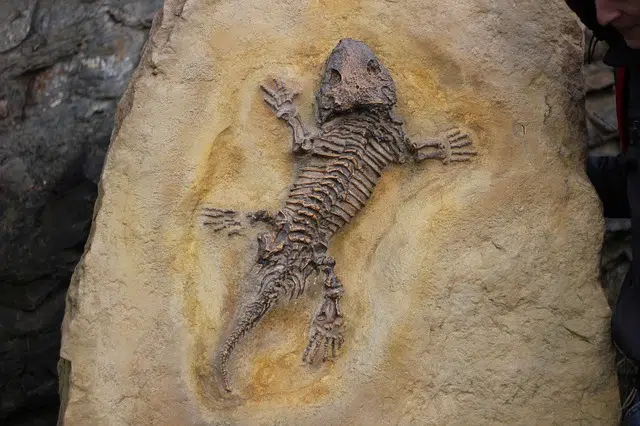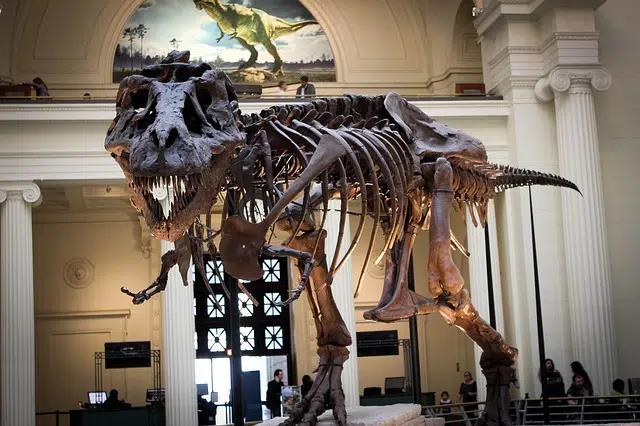
Paleontology is dedicated to the study of organic beings that have already disappeared, appealing to the analysis of their fossil remains.
Paleontology is the science that is responsible for studying disappeared organic beings, through the analysis of their fossil remains . The term has Greek origin: palaios ( "ancient" ), onto ( "being" ) and logos ( "science" ).
Paleontology is part of the natural sciences and shares different methods with biology and geology . Its main objects of study are the reconstruction of extinct living beings and the knowledge of their origin and evolution, the relationships between them and their environment, their migrations, extinction processes and the fossilization of their remains.
Branches of paleontology
This science is divided into different branches, such as paleozoology (which is usually known simply as paleontology and is dedicated to the study of extinct animals), paleogeography (studies the geography and topography of the past), paleobotany (deals with vegetables and their taxonomy) and paleoclimatology (linked to meteorology).
Since, as we have mentioned previously, paleontology is responsible for studying fossils, we cannot ignore that one of the most important branches within said discipline is what is called taphonomy. Specifically, what it does is analyze and investigate the formation processes of the aforementioned fossils. Thus, its main objects of study are processes such as diagenesis, which deals with sediments, and decomposition.
All of these branches, along with which we also find the well-known science of paleoecology, which is the science that is responsible for carrying out the aforementioned study and analysis of the fossils found in order to, from them, be able to determine the ecosystems that existed. at that time, that is, during the different geological stages.

Thanks to paleontology, it is possible to know many characteristics of dinosaurs.
Most famous experts
In addition to everything explained so far, it is worth highlighting the names of some of the most famous paleontologists who have existed throughout history because thanks to their work we have been able to discover authentic prehistoric gems. Among the best-known characters of this type is, for example, the Englishman Charles Darwin to whom we owe the work entitled "The origin of species through natural selection or the preservation of preferred races in the struggle for life." .
The Frenchman Georges Cuvier and the North American Joseph Leidy, who discovered hitherto unknown species, have been other of the most relevant paleontologists to date.
Principles of paleontology
To reconstruct fossils, even the missing parts, and to understand what extinct beings (such as dinosaurs ) looked like in life, paleontology uses several principles. Biological actualism allows you to interpret fossils with the acceptance of certain physical and biological laws. Comparative anatomy , for its part, allows fossils to be located within a general picture of living beings.
Paleontologists also appeal to functional morphology to analyze the relationships between form and function, and to the principle of organic correlation , which postulates that the parts of organic beings complement and determine each other.
It should be noted that paleontologists have mechanical methods (such as percussion and abrasion techniques) and chemical methods for extracting and cleaning fossils.
